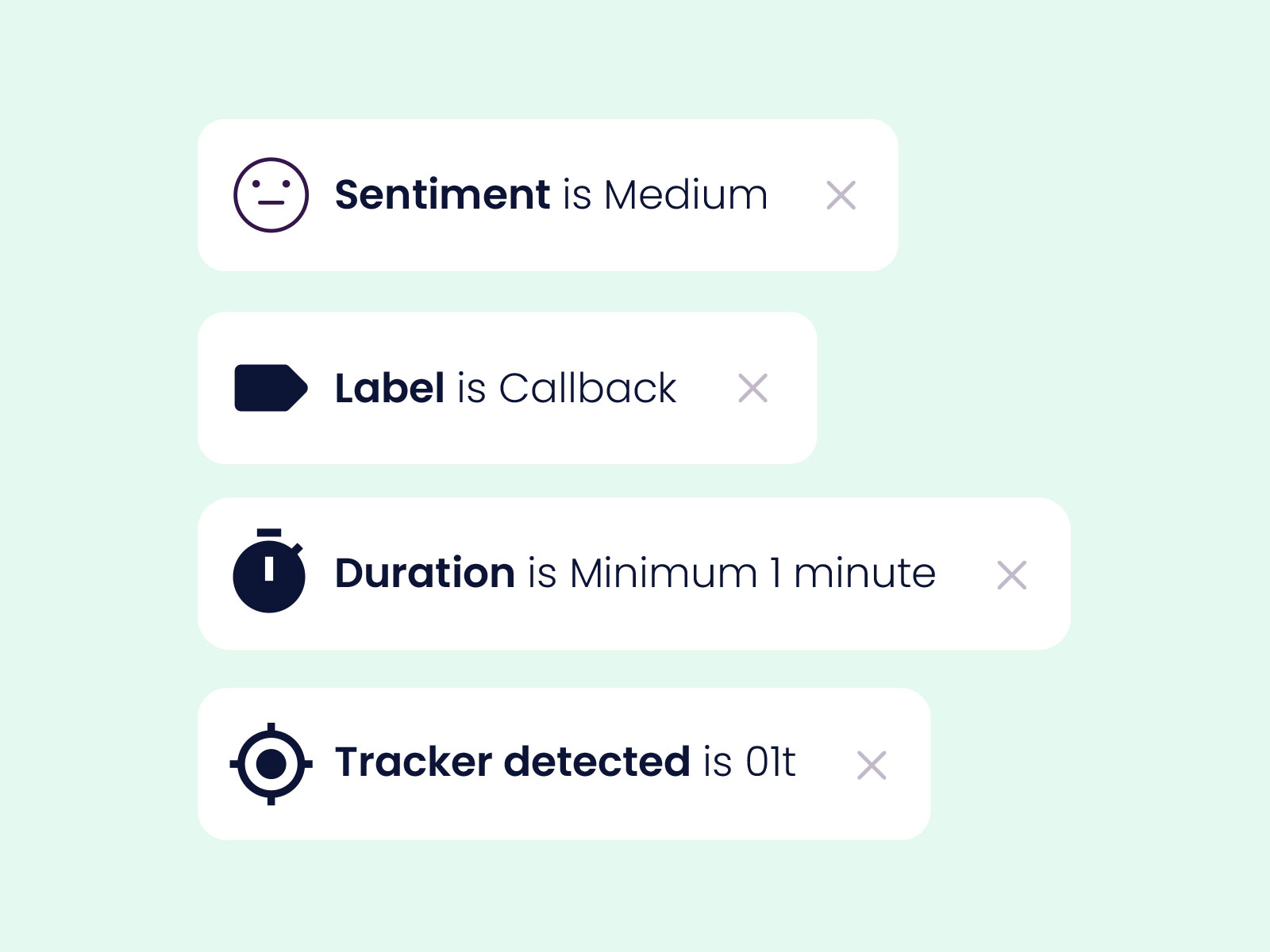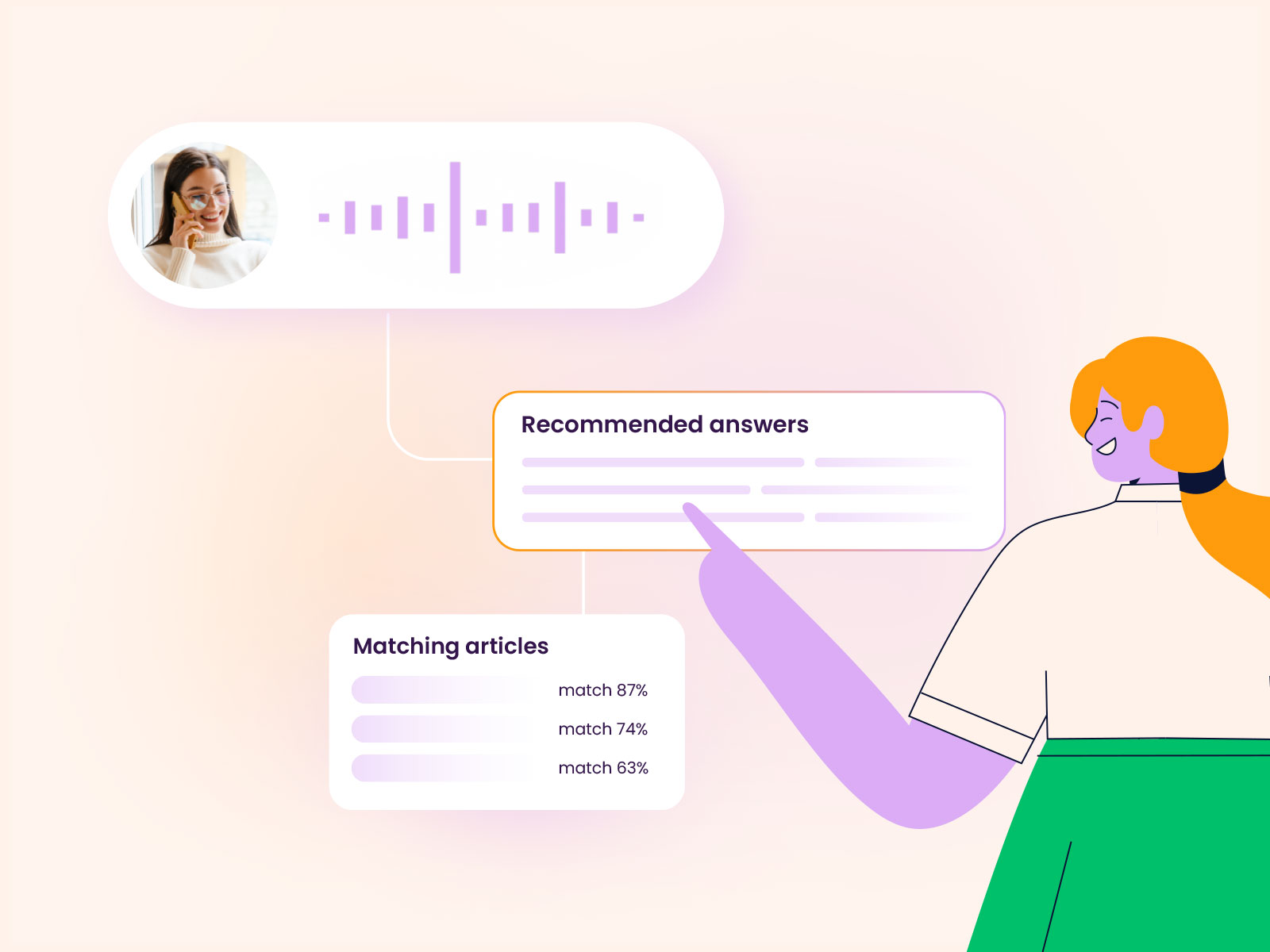Virtual agents are becoming a staple of modern customer service. They’re answering customer queries, handling routine requests, and helping contact centres scale their support.
And their adoption is only accelerating. The global AI agents predictive maintenance market is projected to reach a staggering $1.811 trillion by 2030, underlining their growing role across industries, according to MarketsandMarkets.
But while many businesses are eager to deploy virtual agents, too few are setting them up for long-term success.
Like any tool, it needs the right implementation, training, and oversight to thrive. With that foundation in place? It can become one of the most valuable assets in your customer service strategy.
So what exactly does a virtual agent need in order to perform at its best? Here are five non-negotiables.
1. A clear, focused role
A high-performing virtual agent starts with a clearly defined purpose. If it’s expected to do everything, from tracking deliveries to resolving complex, sensitive issue, it’s likely to underperform.
Virtual agents work best when they’re tasked with specific, high-volume, repeatable queries. These are the areas where automation delivers the most value, quickly.
Think:
- Answering simple questions and FAQs
- Checking order or account status
- Resetting passwords
- Directing customers to the right place
With a focused scope, your bot will be faster, more accurate, and more helpful. And once it's proven in those areas, you can expand its remit with confidence.
2. Smart search and intent recognition
At the heart of every successful virtual agent is the ability to understand what people mean, even when they don’t say it clearly, and to quickly find the right answer.
That’s where AI-powered intent recognition and search come in. Without these capabilities, bots end up matching keywords and delivering mismatched responses.
A virtual agent should be able to:
- Understand customer intent, not just literal phrases
- Search structured content and knowledge bases for the best response
- Handle variations in language, spelling, and tone
This not only makes the interaction smoother, it also saves your customers time, and keeps the experience feeling more human.
3. Built-in safeguards and governance
AI can be powerful, but it can also go off the rails if not controlled. That’s why safeguards are essential. Virtual agents, especially those powered by generative AI, need strong governance tools to prevent “hallucinated” or inaccurate responses. One wrong answer in a sensitive context (like finance or health) can quickly erode trust.
Safeguards should include:
- Clear limits on what the bot can and can’t say
- Escalation triggers for complex or high-risk queries
- Visibility into what the bot is saying, and the ability to make quick changes
This ensures your virtual agent is reliable, accurate, and always aligned with your service standards.
It’s worth noting that 50% of consumers report feeling frustrated by chatbot interactions, and 30% say they’ll leave a brand after a single negative chatbot experience, according to Forrester. The stakes are high, and safety nets are critical.
4. Seamless integration with your systems
The more complex the queries you want your virtual agent to handle, the more important integration becomes. If your bot can’t access the right data or hand off contextually to a human, it won’t be able to deliver the kind of support your customers expect.
To extend beyond initial queries, your virtual agent should be integrated with your wider contact centre. That means:
- Access to systems like CRM, ticketing, or knowledge bases through integrations
- The ability to trigger actions (like logging a ticket or updating an account)
- Smooth, contextual handovers to human agents when needed
This doesn’t just benefit the customer. It also gives your agents better insight and reduces unnecessary back-and-forth.
And customers notice the difference: While 71% of consumers expect consistent service across all channels, only 29% say they actually receive it, according to McKinsey. Integration is key to closing that gap.
5. Ongoing care, training, and ownership
A virtual agent is never “done.” Like any team member, it needs regular check-ins, training, and refinement to stay effective.
Unfortunately, many bots are launched and then forgotten, with no one reviewing performance or updating content.
What your virtual agent needs:
- A dedicated owner or team to manage it
- Frequent review of conversation logs and outcomes (how often will depend on the volume and complexity of queries your virtual agent is expected to handle)
- Continuous improvement based on customer feedback and performance data
Virtual agents are only as good as the setup behind them
When a virtual agent underperforms, it’s rarely because the technology isn’t good enough. It’s usually because it wasn’t given the tools, support, or structure it needs to thrive.
But when it does have the right setup? It can save your team hundreds of hours a month, reduce agent burnout, and create a smoother experience for every customer.
How Puzzel helps virtual agents perform
At Puzzel, we help contact centres build virtual agents that are smart, safe, and built for impact — across chat, voice, and email.
With Puzzel’s Virtual Agents, you get:
- Accurate intent recognition and powerful search to understand what customers really mean
- Structured control + GenAI for consistent, brand-safe responses
- Built-in safeguards to eliminate hallucinations and manage risk
- Seamless contact centre integration for smooth handovers and full context
- Easy management tools for testing, updates, and performance insights
- Full compliance with GDPR and Schrems II, plus EU data sovereignty and ISAE 3000 certification.
- Access to experienced AI trainers to help you set up, fine-tune, and optimise your virtual agent journeys
Whether you’re launching your first virtual agent or looking to scale your existing setup, we’ll help you get the most from every interaction.
Learn more about Puzzel’s virtual agents here.






